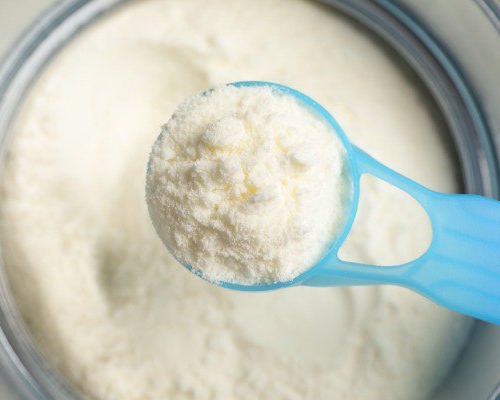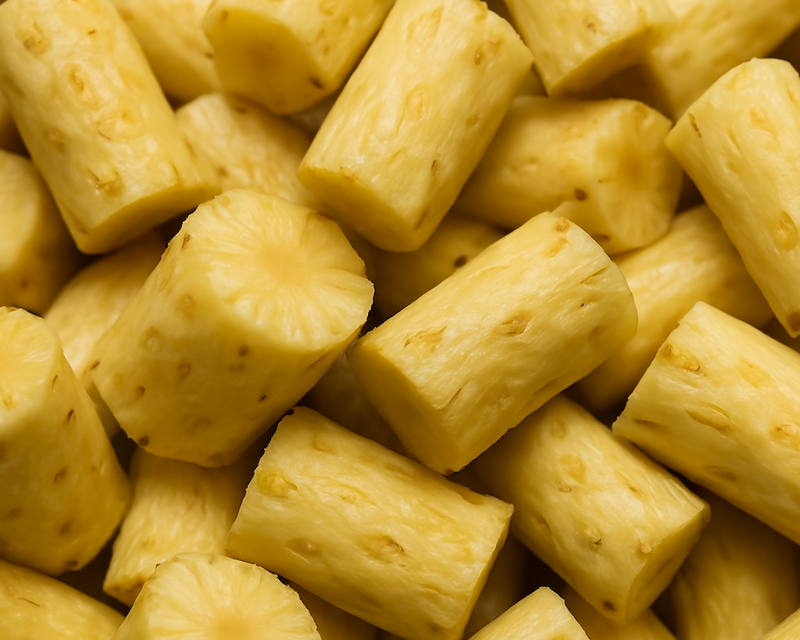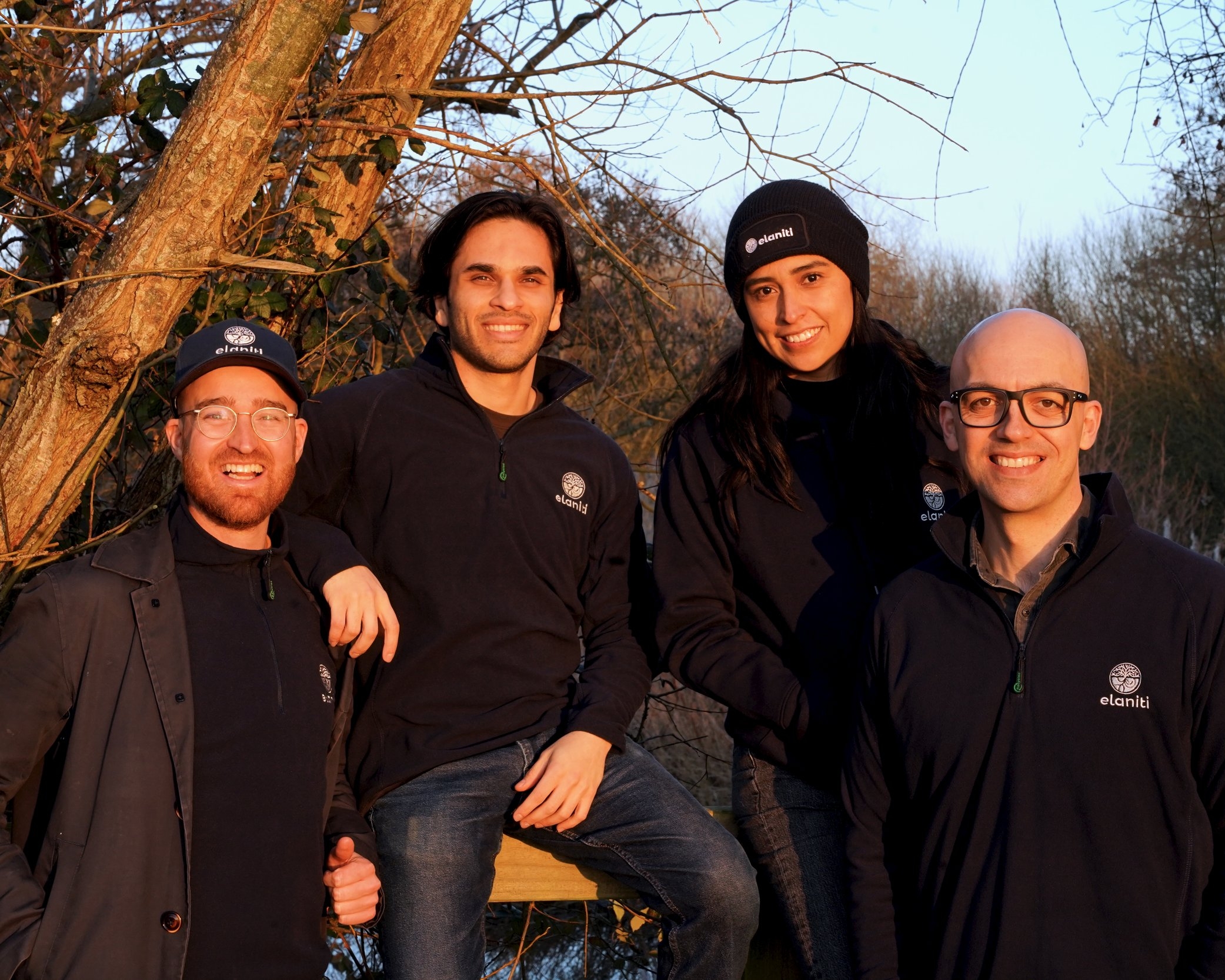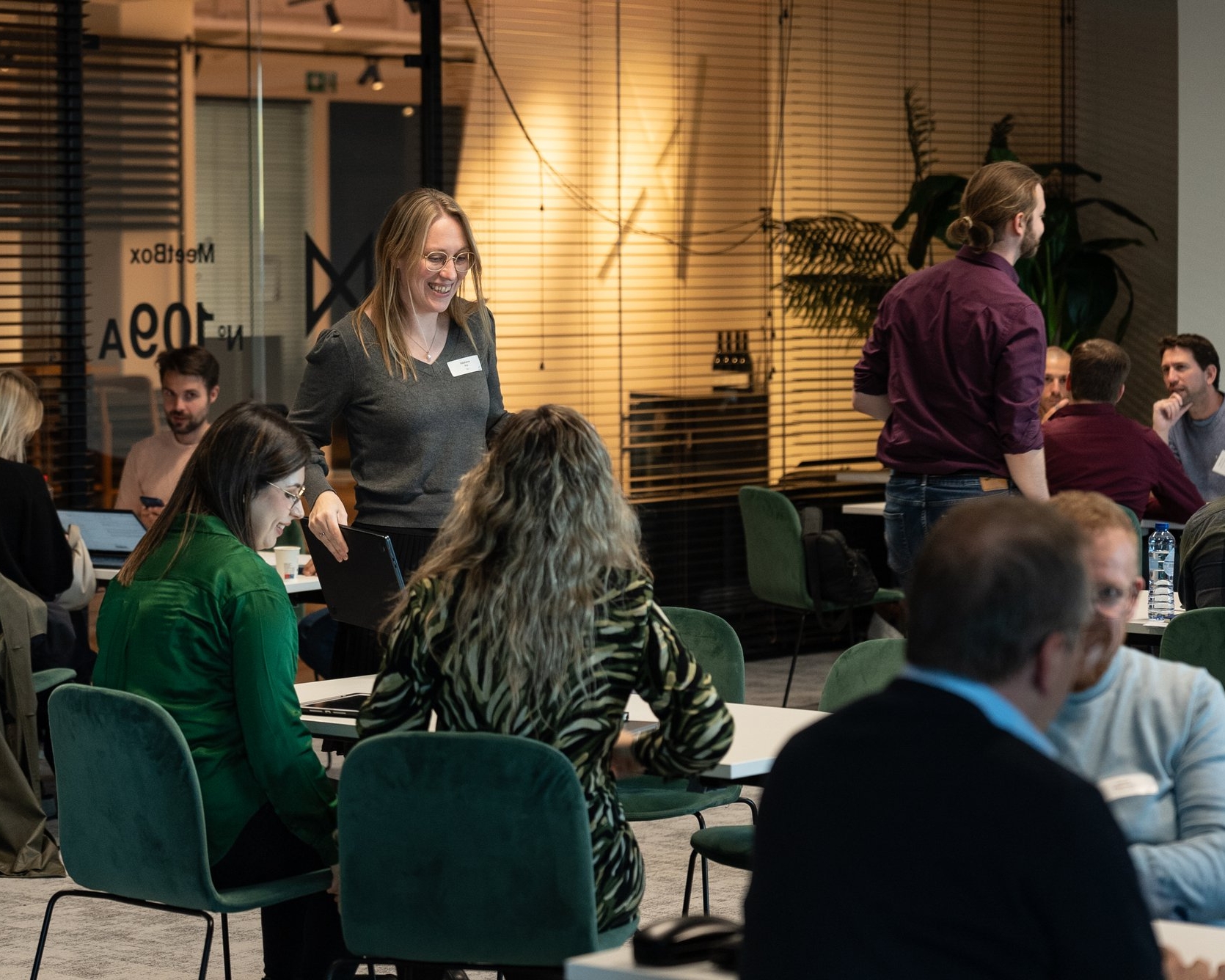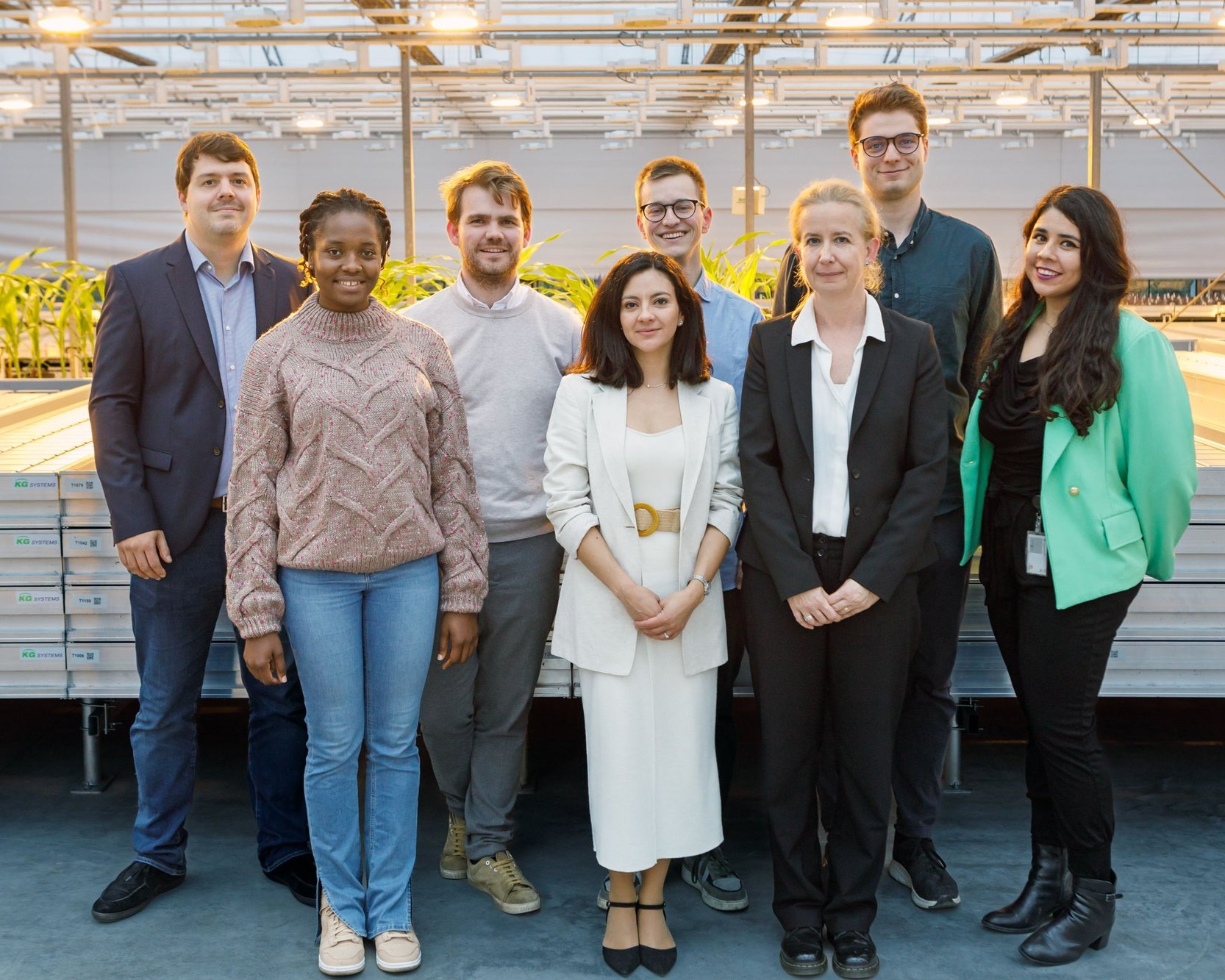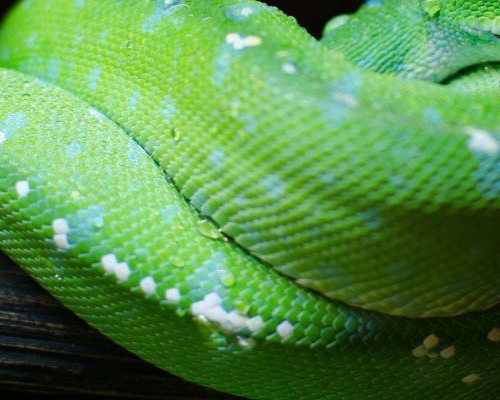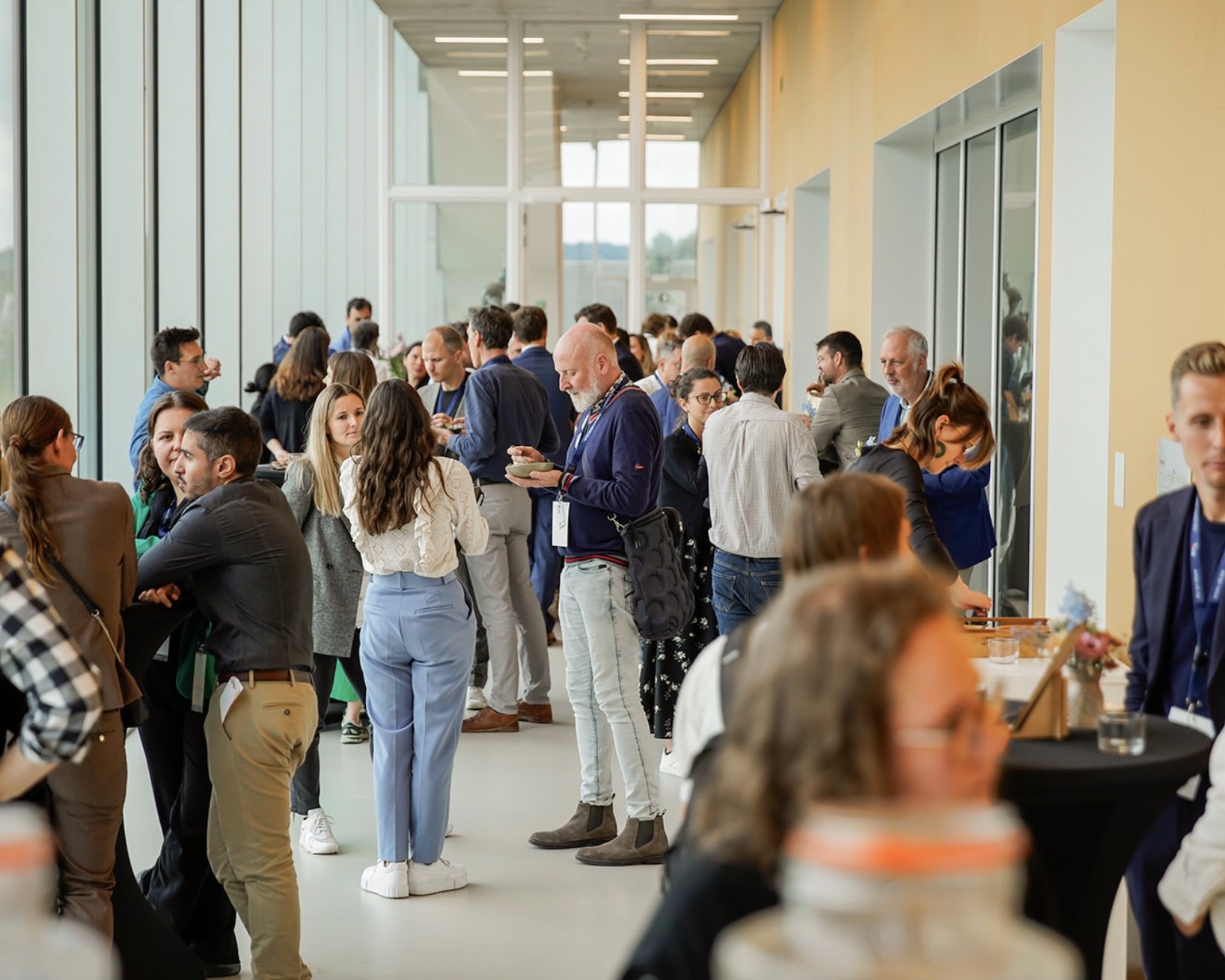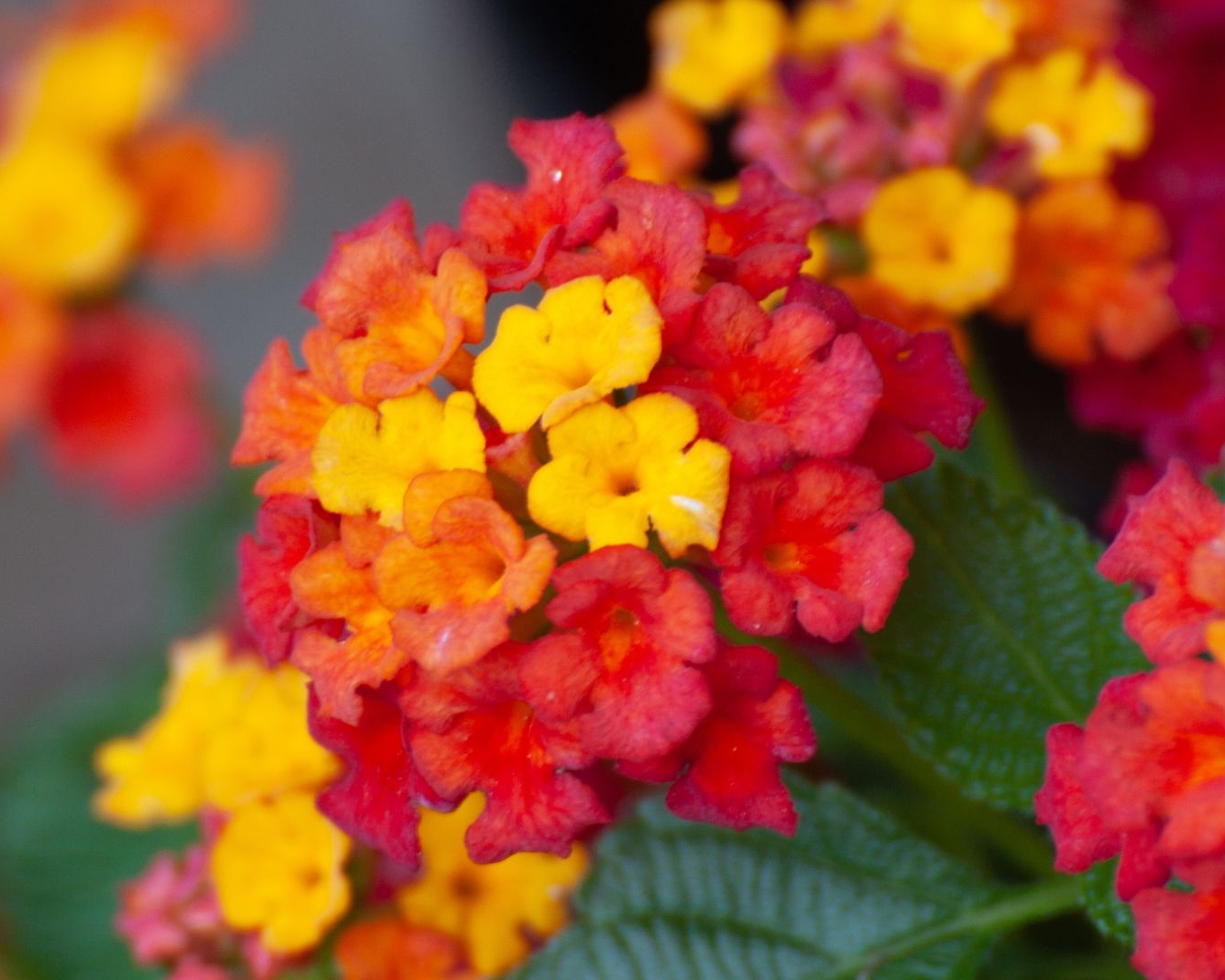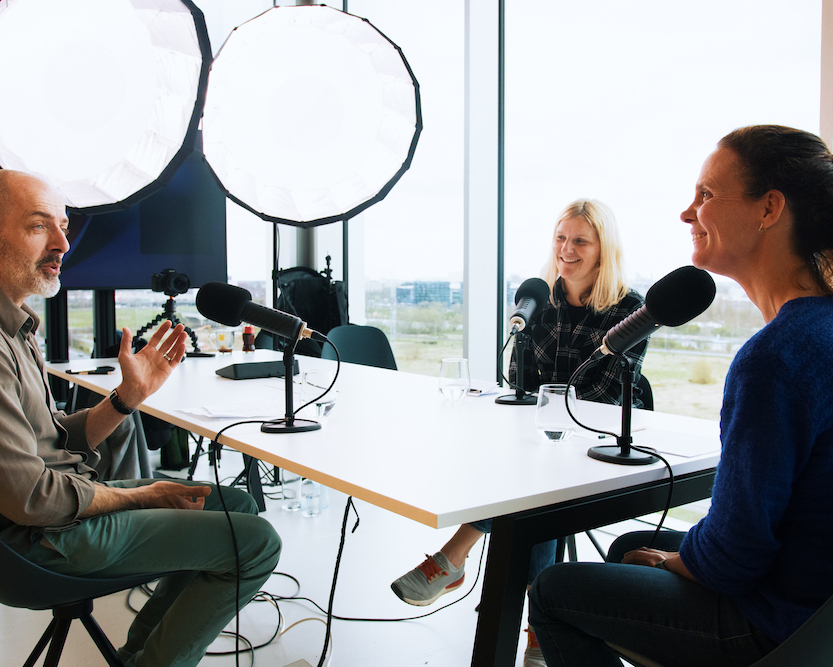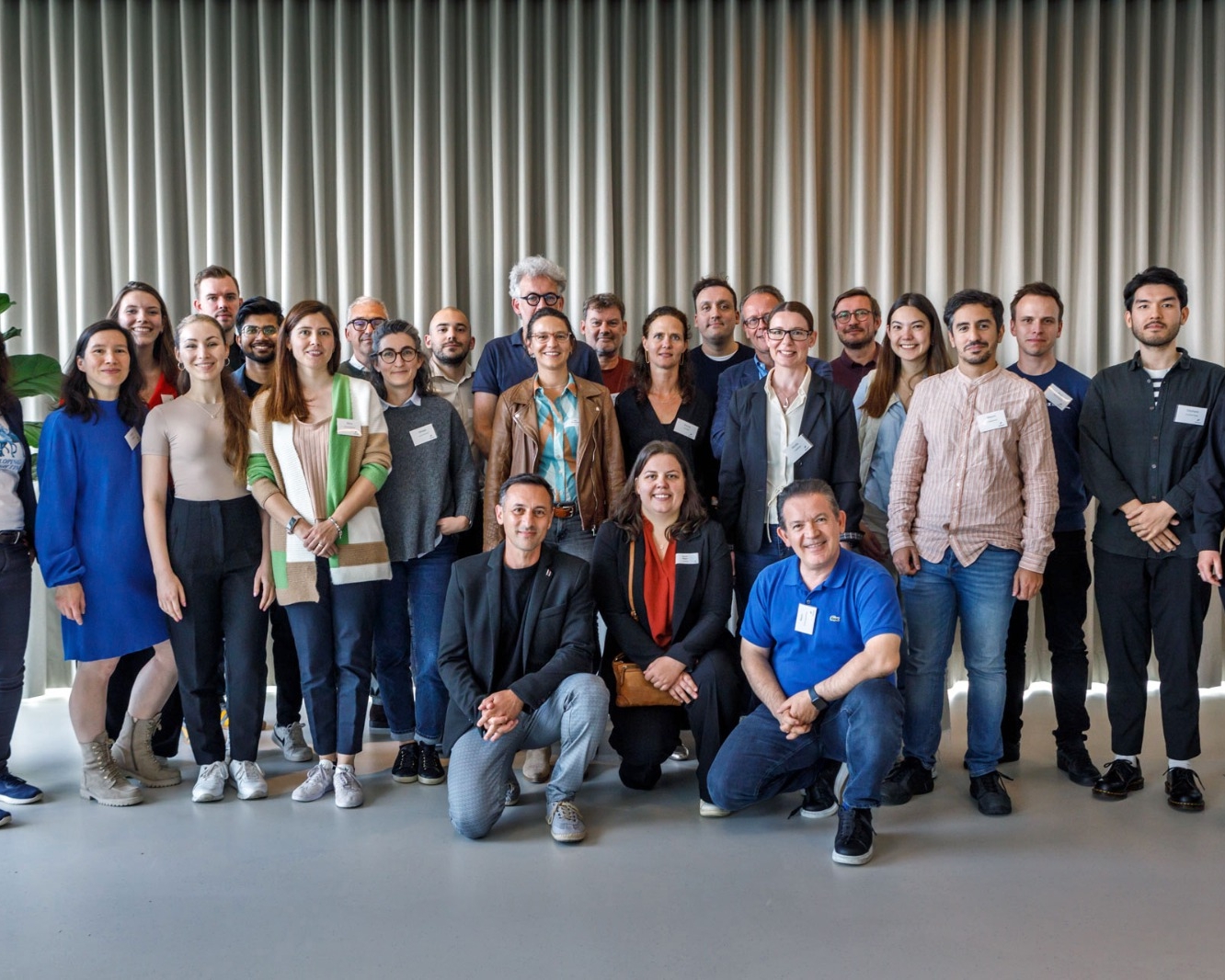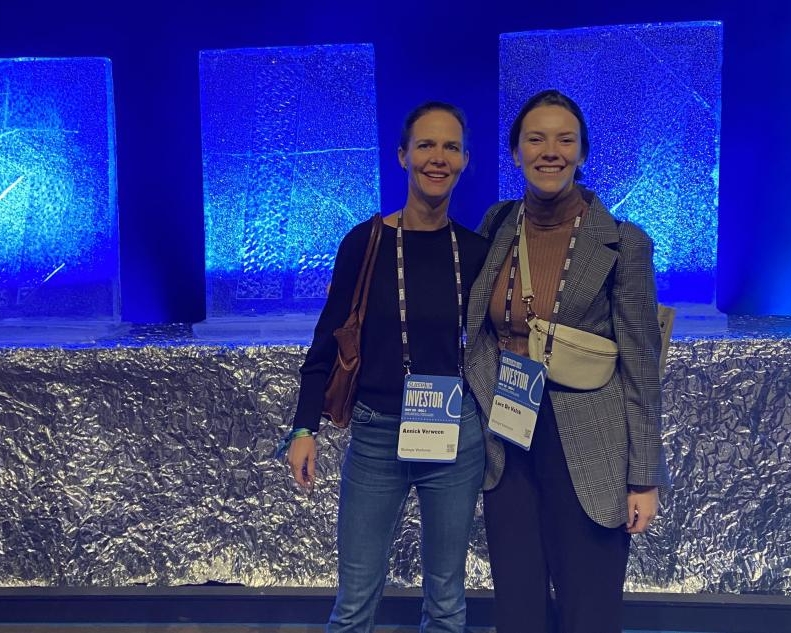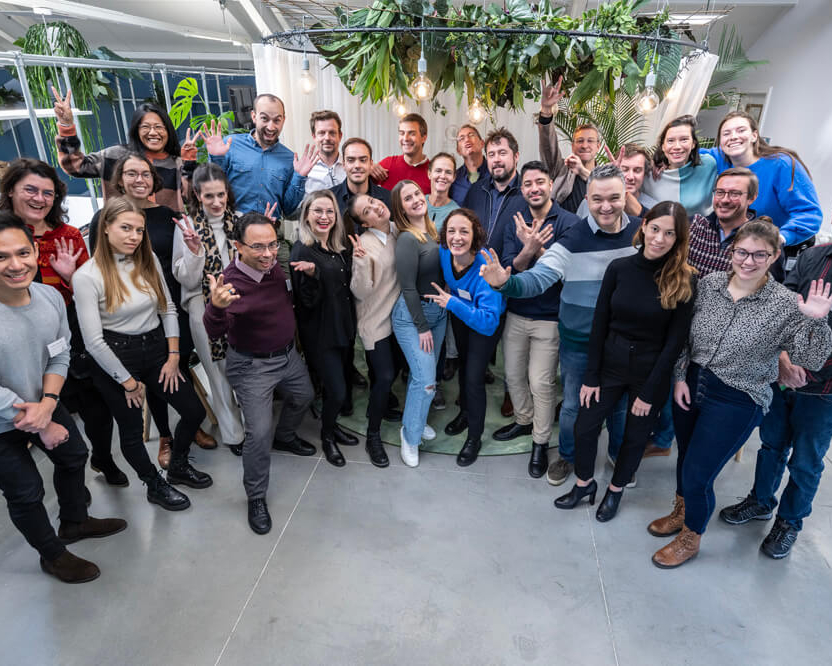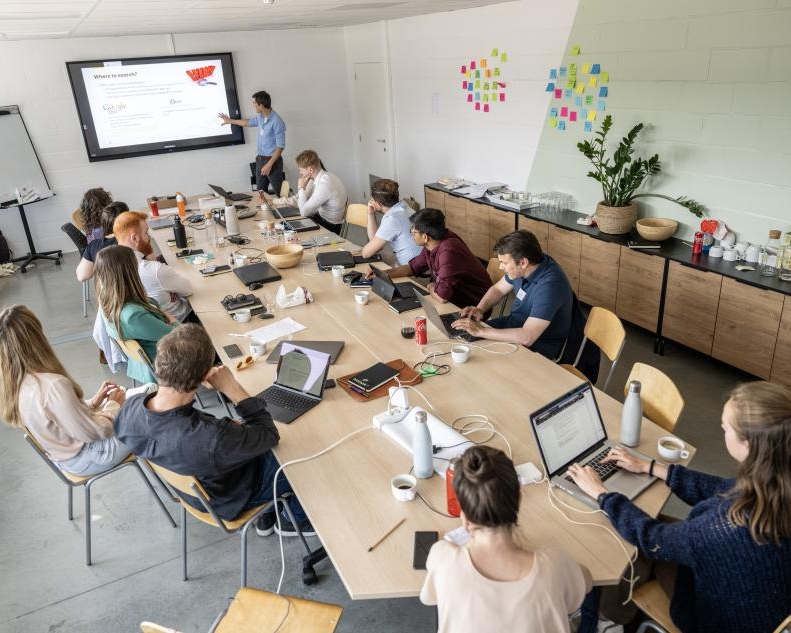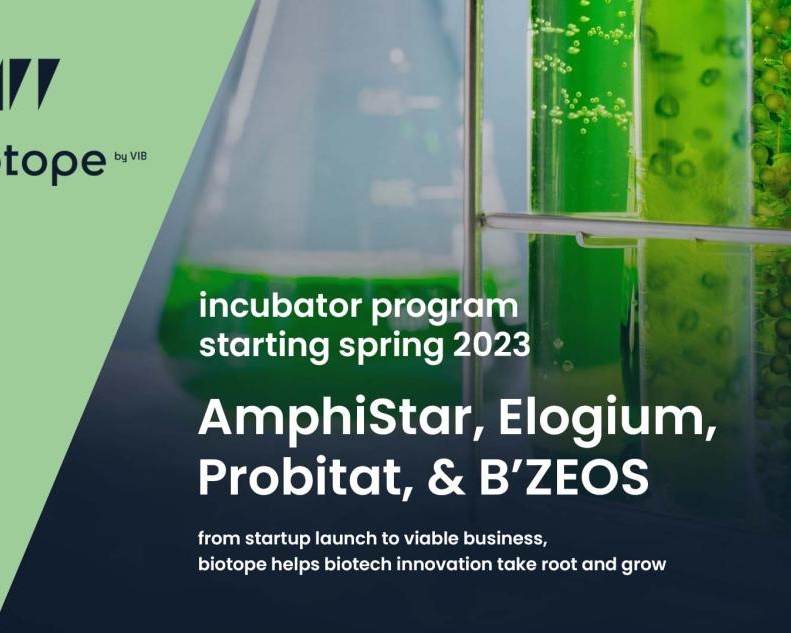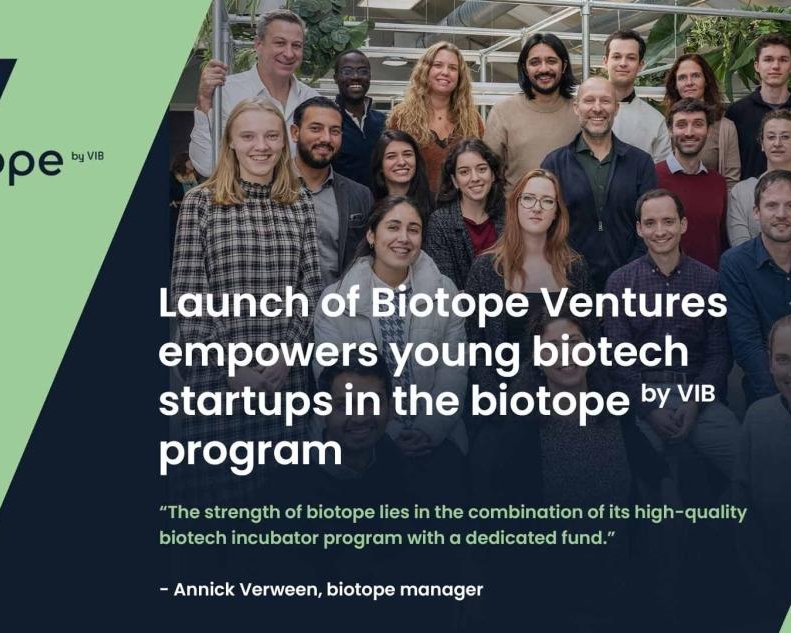- Home
- Startup news
- CDotBio is on a mission to protect crops using safer agtech
CDotBio is on a mission to protect crops using safer agtech
Biotope startup CDotBio is on a mission to develop green technologies for the next generation of agrochemicals. The team uses carbon nanodots loaded with nucleotide sequences for temporary gene expression to protect and enhance crop production.

What issue is your company solving?
Teo Garcia-Millan (CEO): “CDotBio provides an alternative solution to toxic agrochemicals. Over recent years, the regulation of plant protection methods, such as herbicides, insecticides, and fungicides, have been heavily regulated. For example, numerous pesticides are being banned in Europe and other markets. The situation is just getting worse due to climate change.
Subscribe
Subscribe for Exclusive Updates and Exciting News!
Bedankt
Je bent ingeschreven op mijn nieuwsbrief“CDotBio’s treatments are selective, adaptable and scalable, taking the benefits of traditional agrochemicals while integrating resilient and sustainable new technology.”
Teo Garcia-Millan – CEO
“European agriculture heavily relies on extensive pesticide use, presenting a dilemma of food security versus public health – addressing this, we must come up with new alternatives. CDotBio’s treatments are selective, adaptable and scalable, taking the benefits of traditional agrochemicals while integrating resilient and sustainable new technology.”
How do these nanodots help protect crops?
Teo Garcia-Millan: “Researchers often see their solutions translated into specific plant traits (like better yield) in the lab. Yet field tests often unveil that actual delivery to the target is limited. Fertilizers, growth regulators, GMOs, and all types of phytochemicals could benefit from a robust delivery system. This is precisely what we’re developing using carbon nanodots. These are tiny nanoparticles that act as nanocarriers for other products.
“We act as facilitators of other companies’ technology, complementing the next generation of agrochemicals, with extended use of nucleotide technologies. Our products target specific crop types or pesticides adaptable to any growth stage and dissemination methods. We’re currently working with sprayable or watering technologies, for example.
“Similar to how a smartphone platform offers new apps, our goal is a platform for unlocking new crop traits.”
Teo Garcia-Millan
“We often compare ourselves to a smartphone application platform, like Apple Store or Google Play. Apps are essentially just computing code and algorithms – in plants, this code is represented in genes. Similar to how a smartphone platform offers new apps, our goal is a platform for unlocking new crop traits.
“These treatments can be reversible though – if we use RNA, we made sure that the trait expression stops when product application stops. In this case, the traits the nanodots help generate – whether it’s pest resistance or better crop yield – aren’t inherited, and the nucleotides and carbon nanoparticles degrade swiftly.”
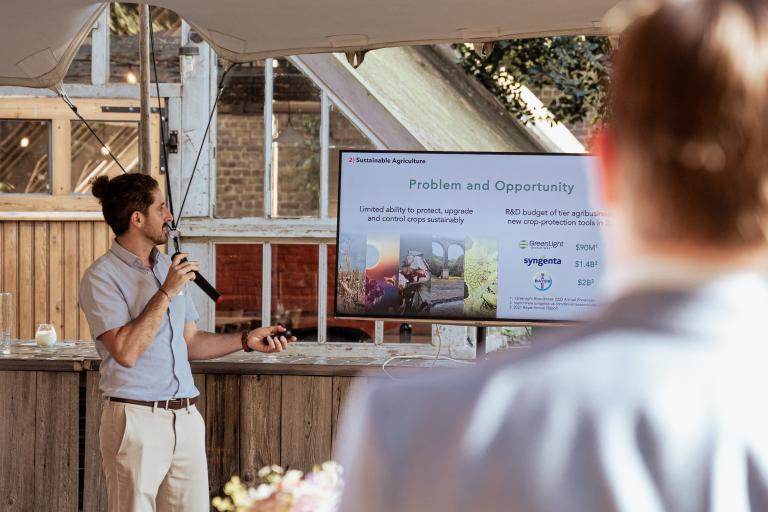
What are the advantages of carbon nanodots compared to other solutions?
Teo Garcia-Millan: “Current solutions are constrained, and face issues like enzymatic or nuclease-driven biodegradation, photodegradation, chemical degradation, and soil stability. Specific approaches also have drawbacks: agrobacterium, for example, lack universal gene compatibility, and biolistics risk gene fragmentation during delivery. High costs of current delivery mechanisms necessitate new gene delivery methods for scaling their innovations.
“Carbon nanodots are much smaller than most other platforms being developed, which helps membrane penetration and cellular uptake. We can control the surface chemistry of these technologies to tweak their properties, enabling them to become more selective, but also ‘stickier’ if we want to retain the traits for a longer period or avoid degradation. Thus, we offer both delivery and protective capabilities.
“The carbon nanodots can be made from many organic sources and manufactured at a low cost.”
Teo Garcia-Millan
“Other agrochemicals often linger in soil, posing contamination risks, or toxicity concerns. To avoid this, we harnessed nucleotides’ rapid degradation, a key challenge, to our advantage. When gene supply halts, the traits cease. The carbon nanodots can be made from many organic sources and manufactured at a low cost. We use only FDA-approved precursors – ensuring eco-friendliness and biocompatibility. Our starting materials can be found in the food section of your supermarket!”
Can you tell me how you decided to use carbon nanodots?
Teo Garcia-Millan: “It’s a concept taken from biomedical sciences. My PhD focused on the design of carbon nanodots for biomedical applications. I was a member of the Galan group at the School of Chemistry in the University of Bristol which was always open to collaboration. They already had a collaboration in place with Heather Whitney, a plant scientist who is now also part of the CDotBio team. Through customer discovery, we found a real potential niche for us in terms of commercial opportunities: there was a clear gap, or technical block, which was the lack of a reliable or resilient delivery system for nucleotide technologies and that was exactly what we could provide. So the technology originated from the biomedical field, applied through a collaboration with an academic in plant sciences, and refined through customer insights.
“These lab-proven technologies could have a massive impact for agricultural challenges. We truly believe that this will be the next generation of environmentally conscious agrochemicals.”
More News
biotope recap: Summer edition 🌞
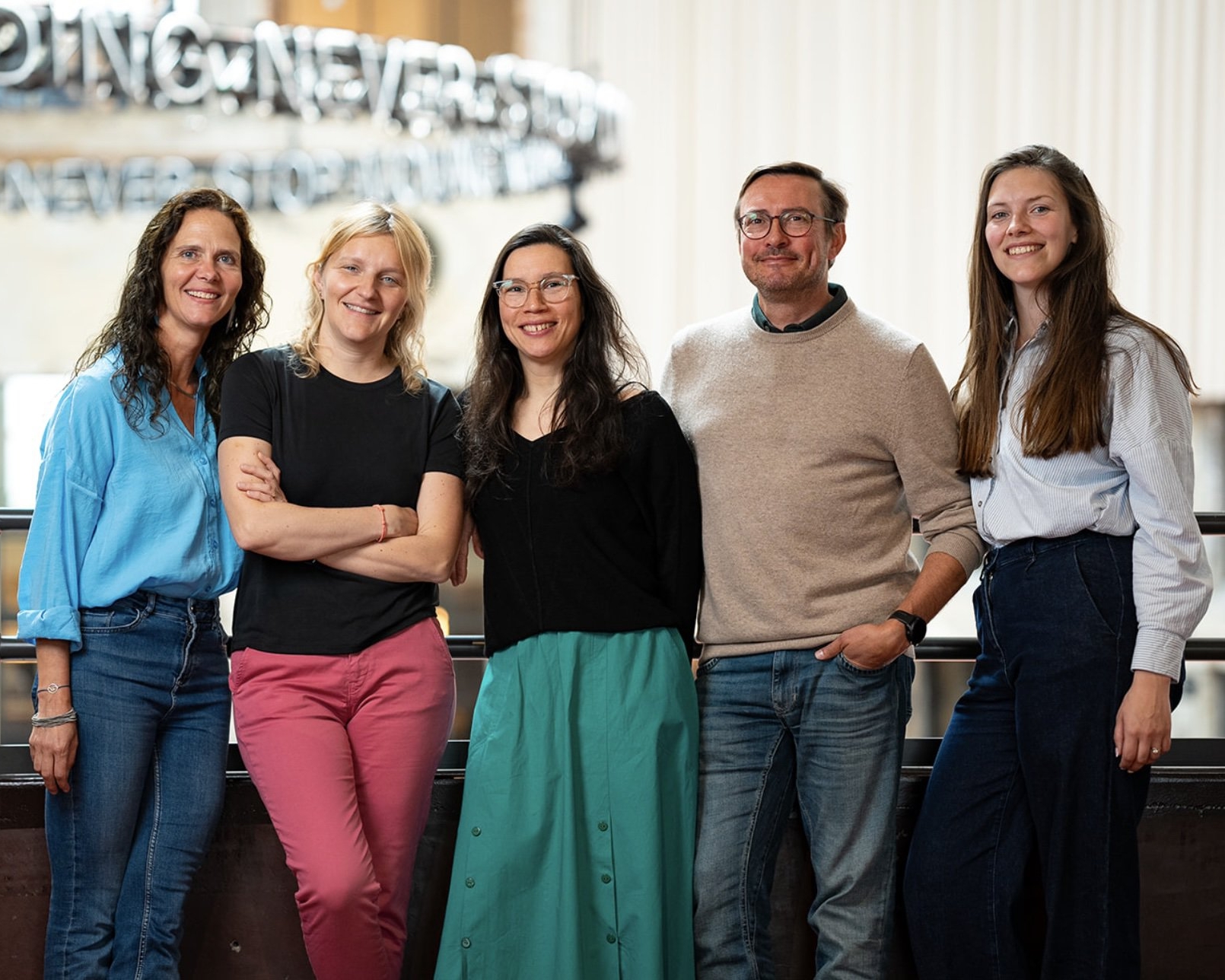
2024 wrapped
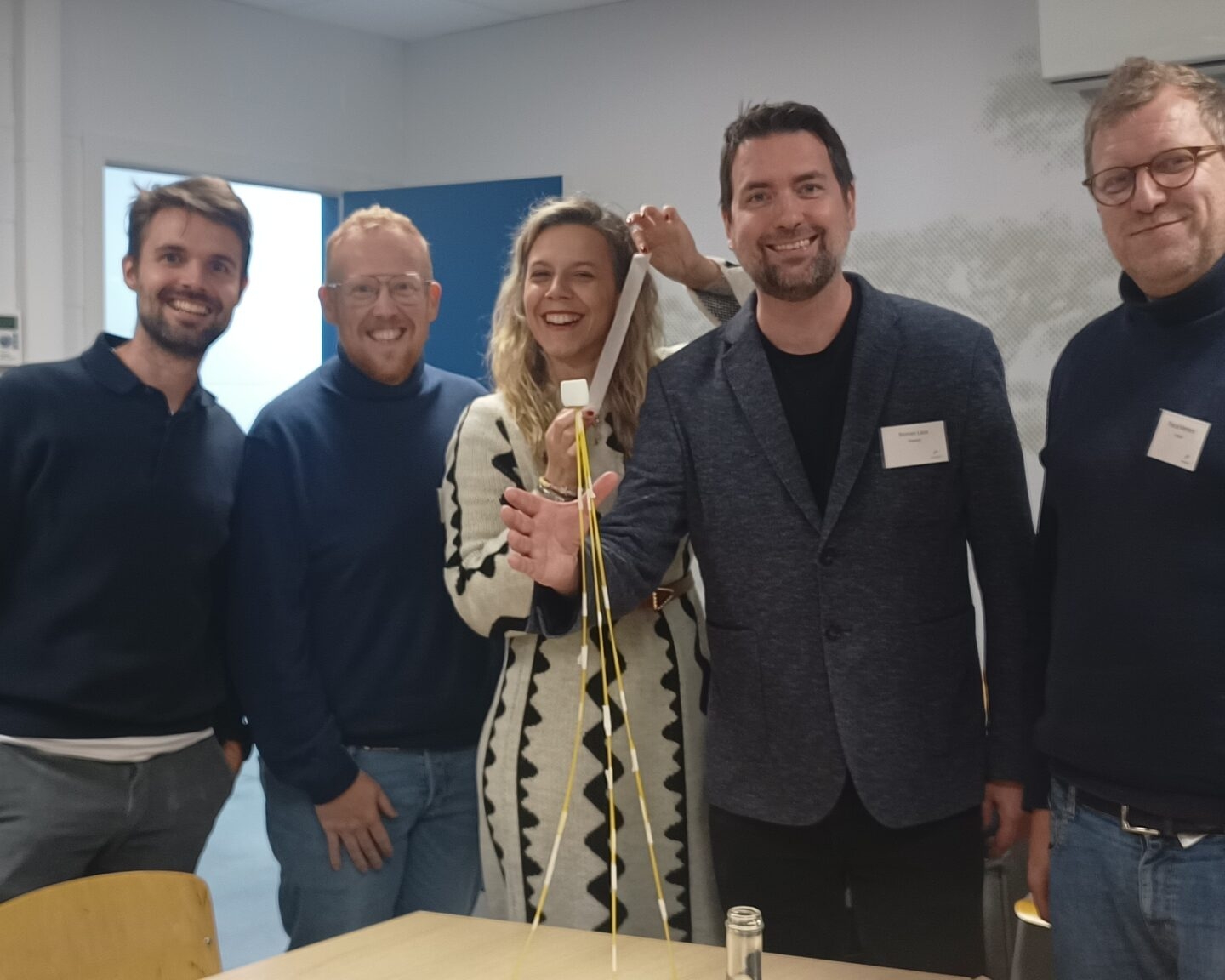
Networking with cohort six
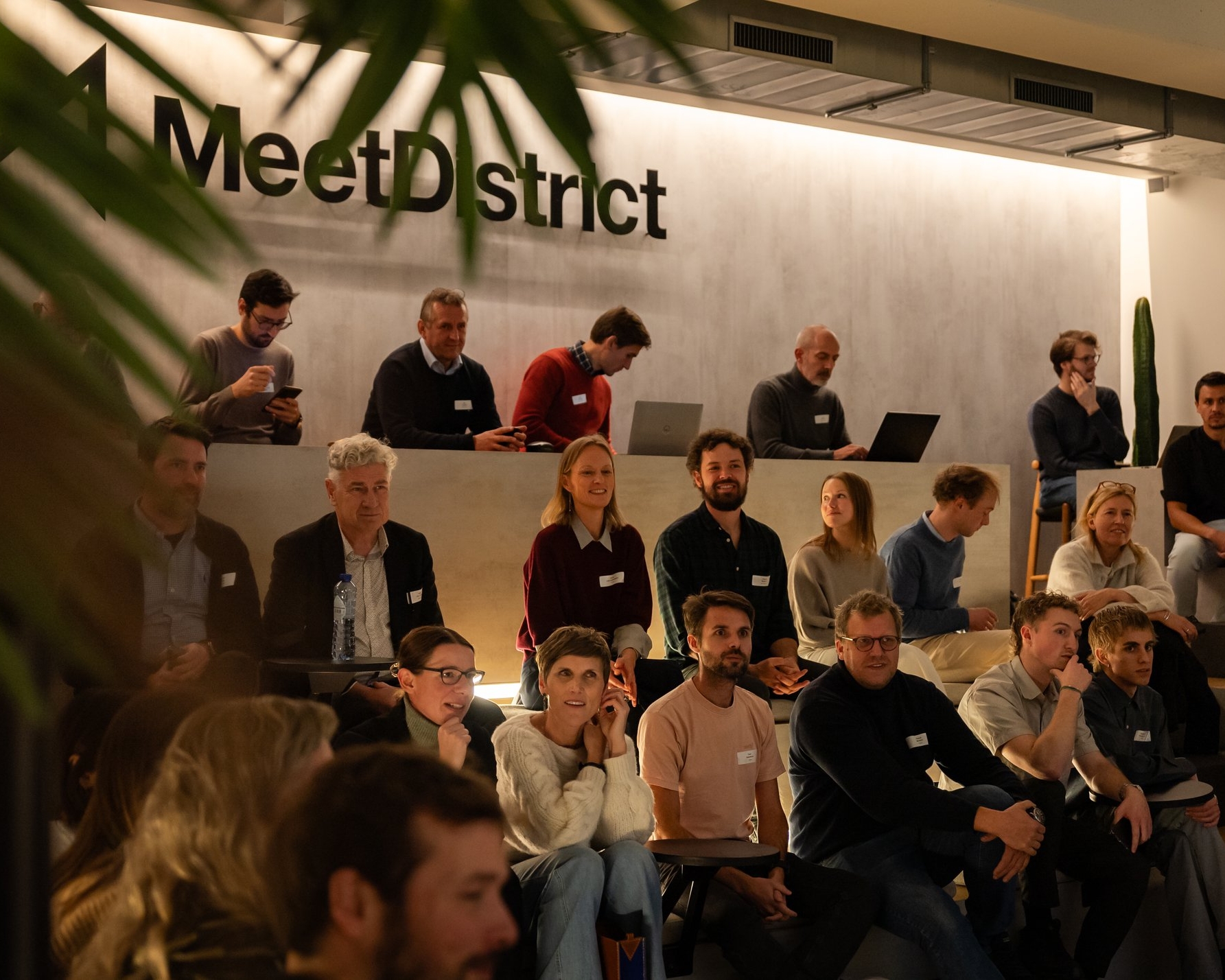
B’ZEOS celebrates seed round milestone
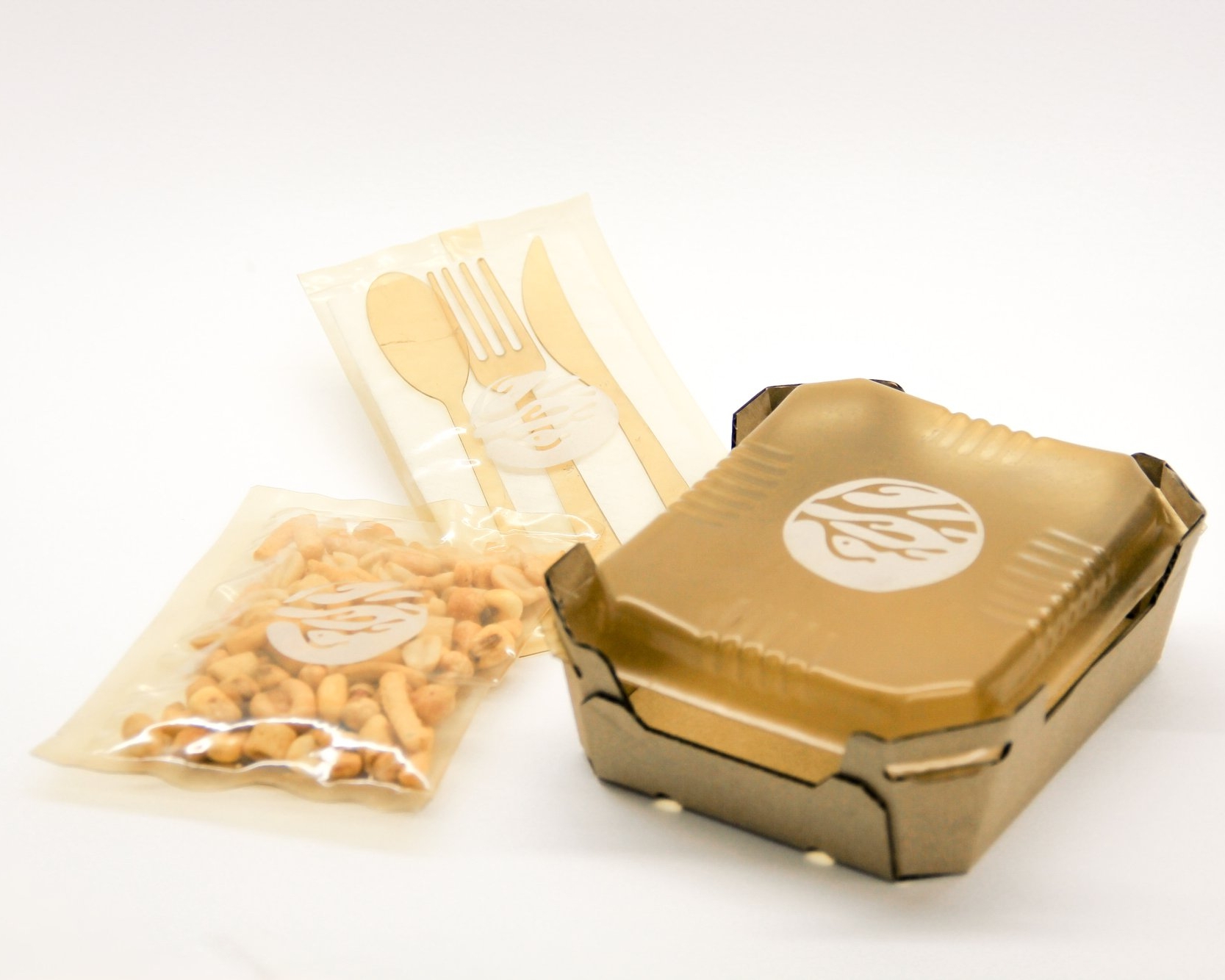
Tackling food waste at its source
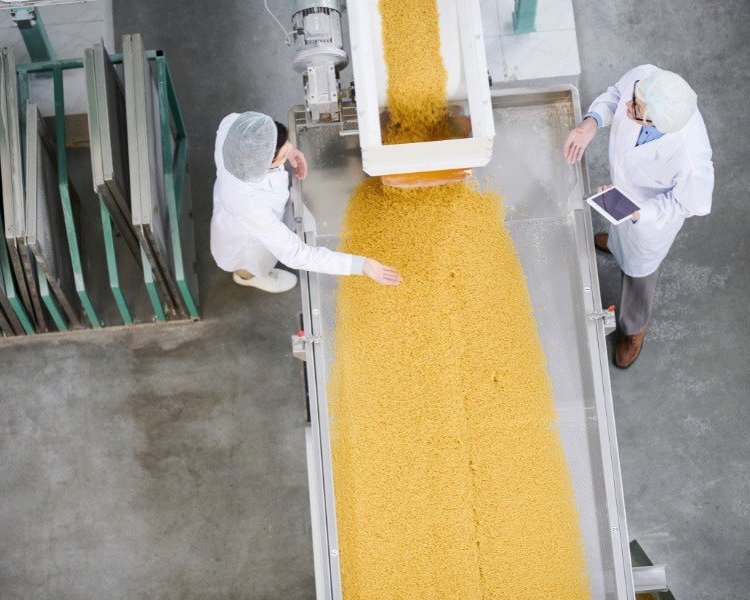
The value of good mentors
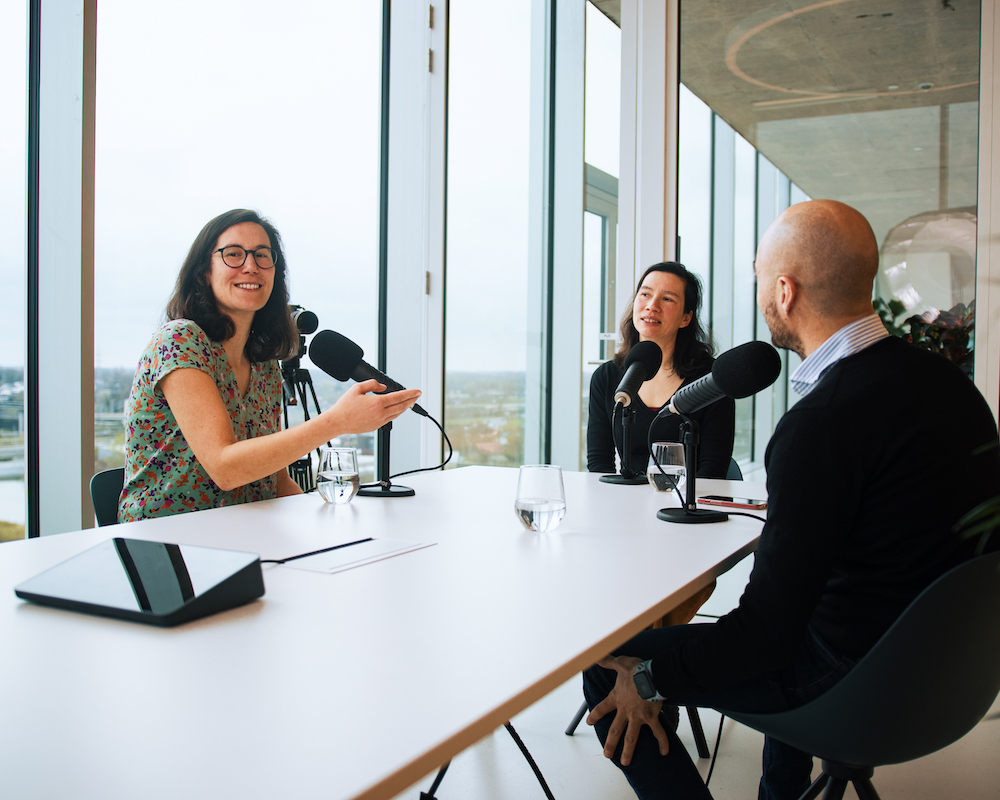
Meet our Spring ‘24 cohort
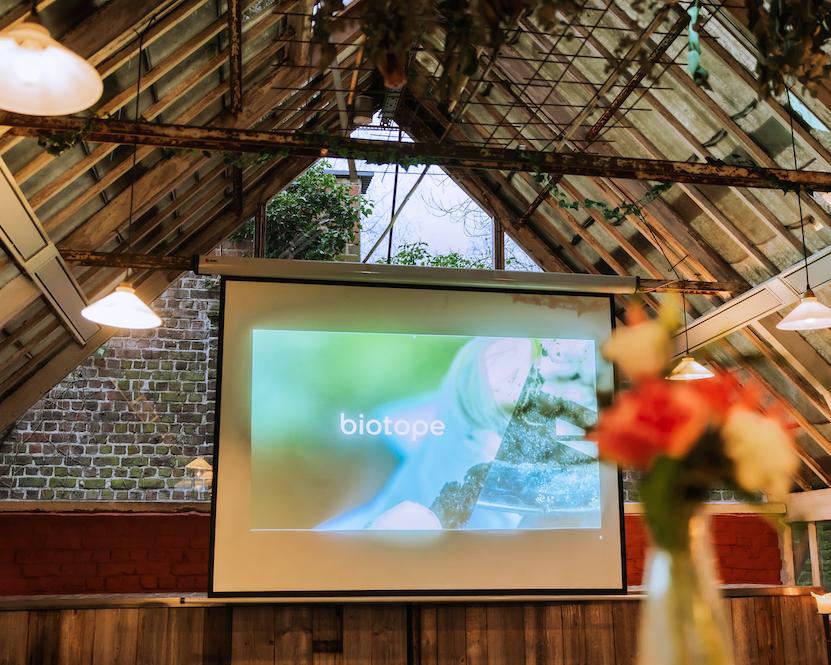
His son’s allergy turned this father into a founder
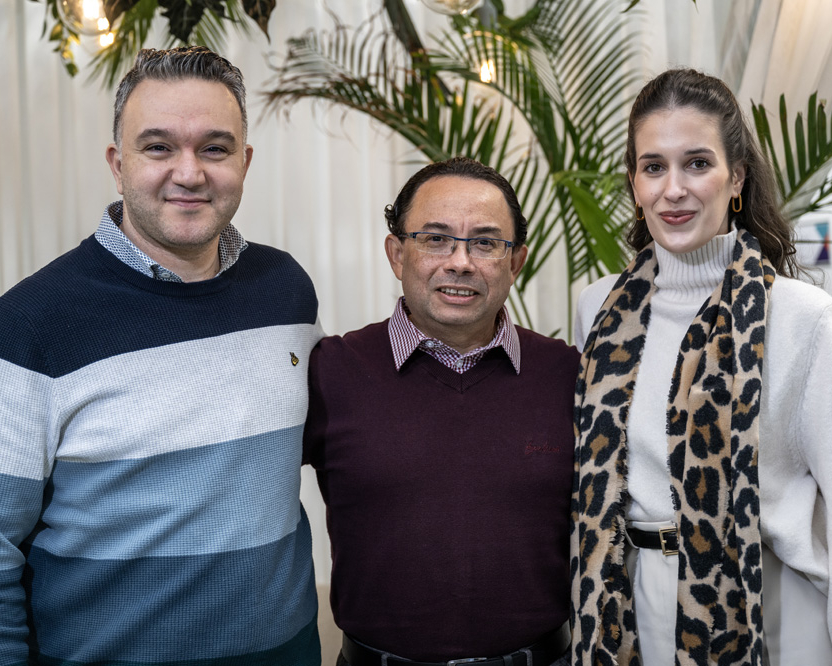
FlyBlast: on a mission to solve meat
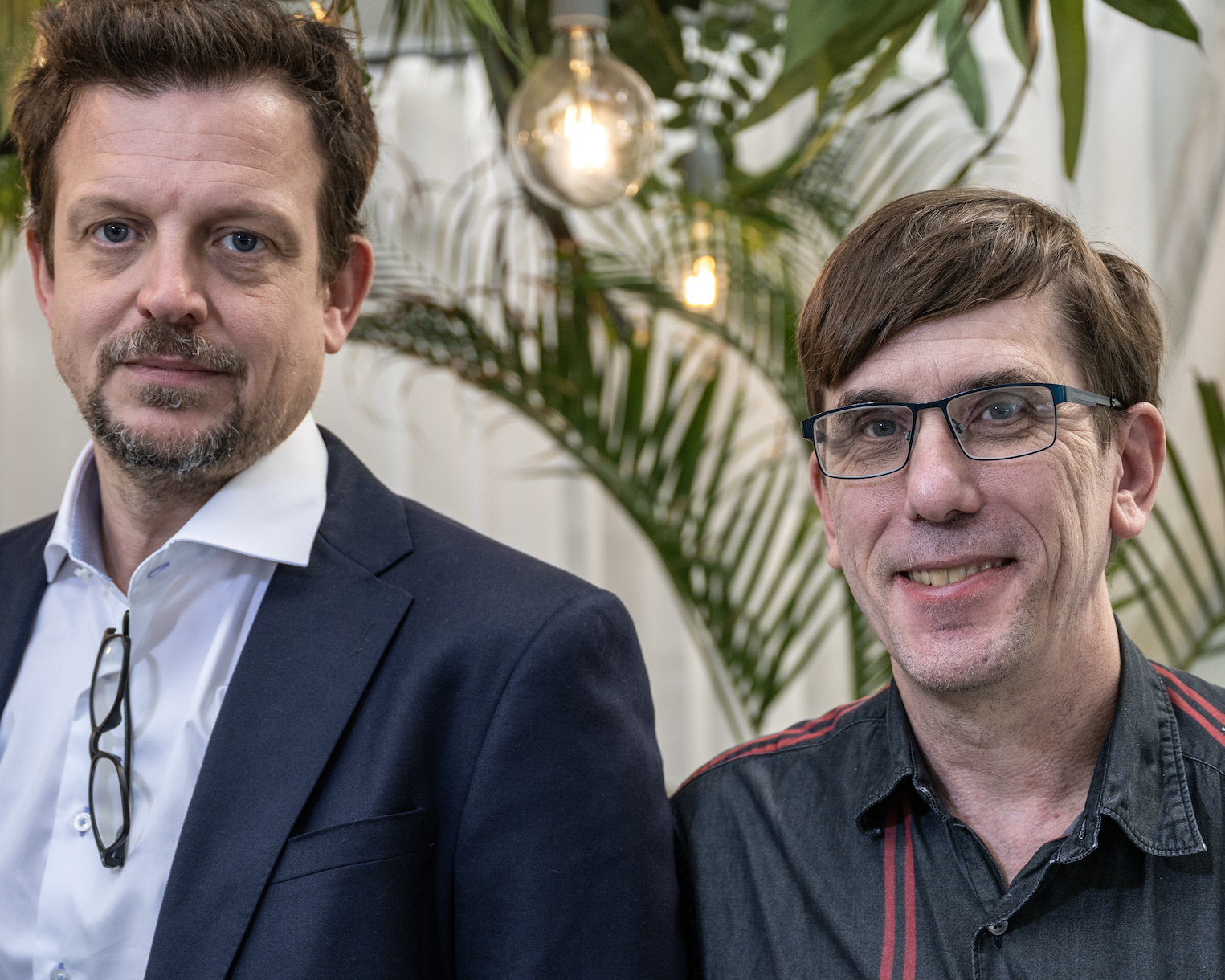
Biosurfactants from food waste? Meet AmphiStar

Probitat interview
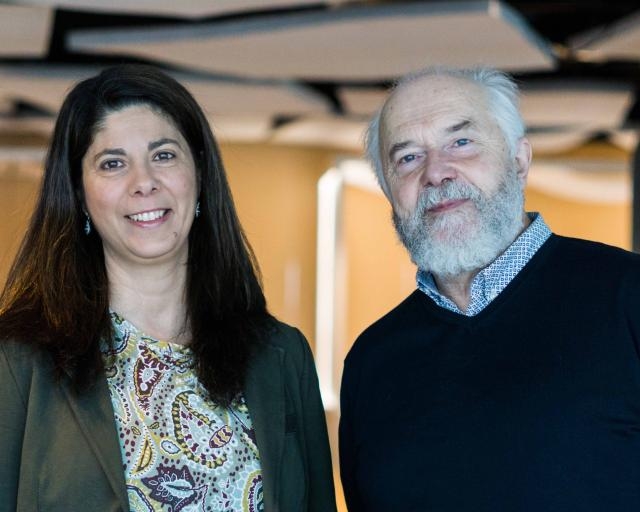
B’ZEOS: sustainable packaging made of seaweed
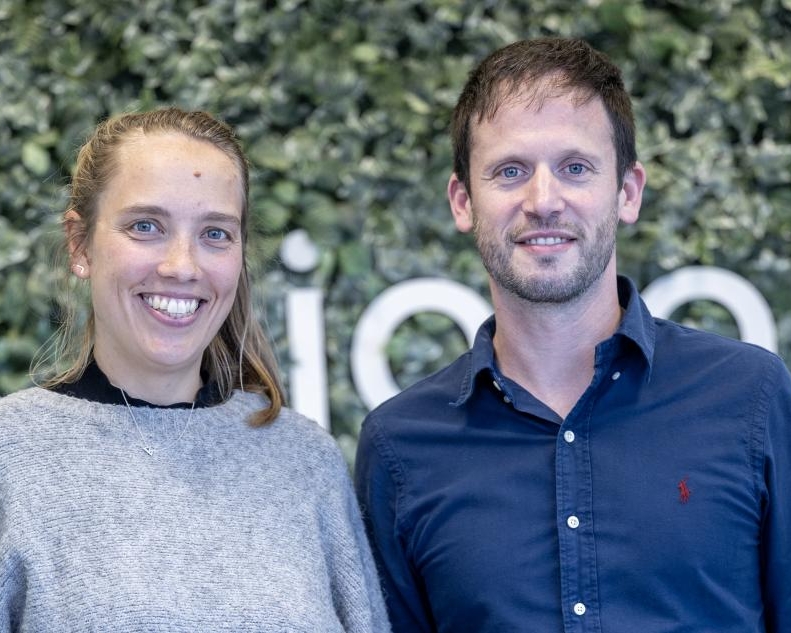
Elogium: Poultry probiotics for safer food
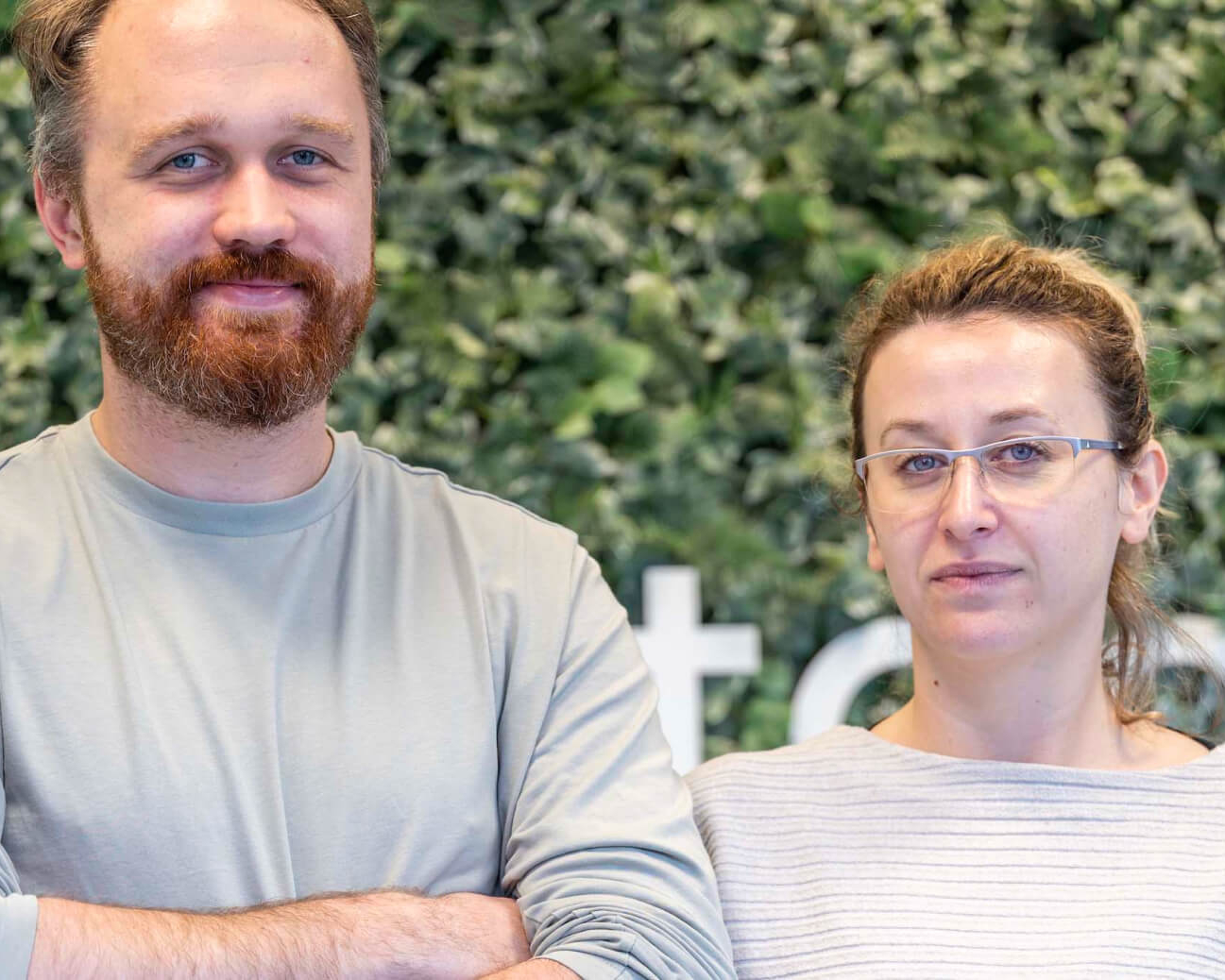
Bolder Foods: non-dairy cheese for a better world
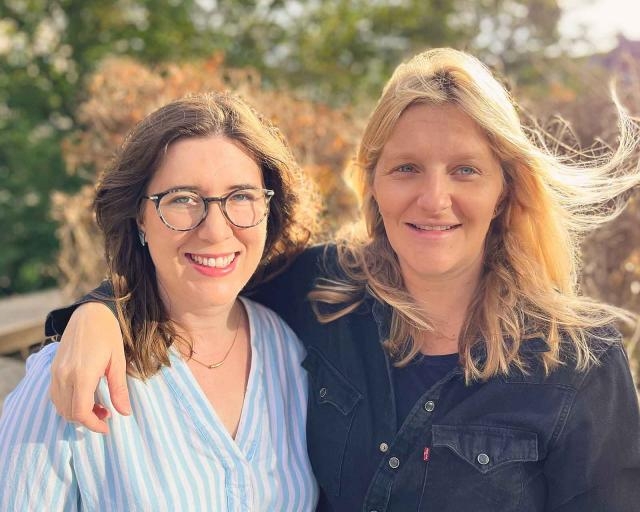
BioVox article
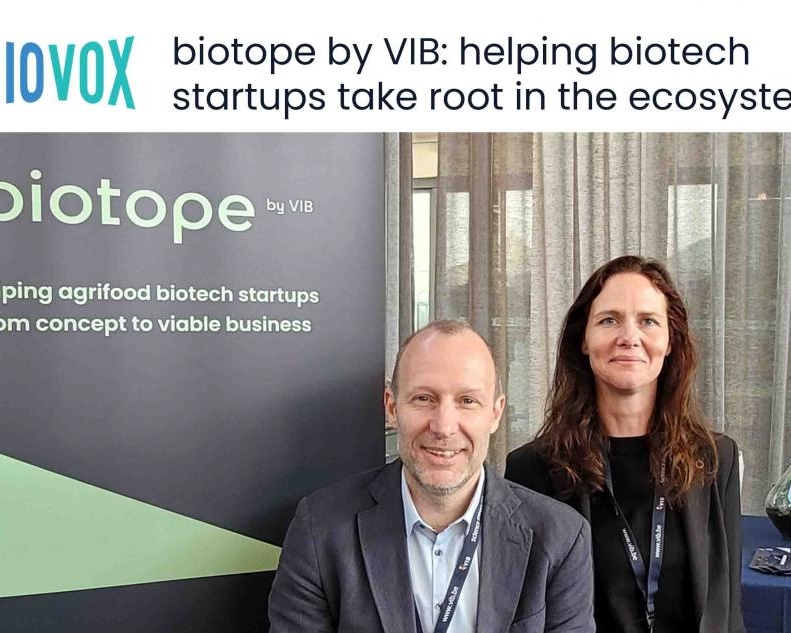
Think you've got what it takes?
- Take part in our program to rapidly advance your technology
- Grow the confidence of you and your team
- Turn your startup into an investment-ready business


